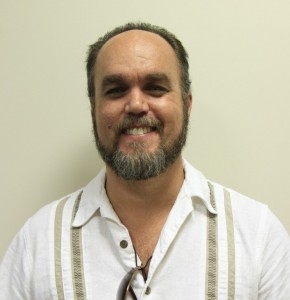 From time to time I listen to talk radio. I’m not sure why really, except that I enjoy hearing viewpoints that differ from my own. Eventually, the sheer hyperbole of it will lead me to change the station, usually after about 10 minutes or so. Don’t get me wrong, I’m not a hard-core liberal. Living in Georgia, I just don’t have access to the liberal equivalent of Glenn Beck or Rush Limbaugh.
From time to time I listen to talk radio. I’m not sure why really, except that I enjoy hearing viewpoints that differ from my own. Eventually, the sheer hyperbole of it will lead me to change the station, usually after about 10 minutes or so. Don’t get me wrong, I’m not a hard-core liberal. Living in Georgia, I just don’t have access to the liberal equivalent of Glenn Beck or Rush Limbaugh.
The other day the talk was about the recent U.S. Supreme Court split decision upholding Michigan’s ban on affirmative action in universities. The host of the show, Sean Hannity, was applauding the ruling, and during his monologue he spoke for several minutes about how racism is no longer a powerful force in American society.
What caught my attention was his focus on individual racism; the kind that is easy to see and reminds us (usually) of bygone days when open prejudice was acceptable and often expected. In my own life I have seen a definite decrease in this type of racism. White people seem to be more generally accepting of other races, or at least willing to extend acceptance to individuals.
What’s usually ignored in these discussions is systemic racism and its corollary, white privilege. Interestingly, the ability to focus the conversation on individual action and the request to just get on with things in regards to racism are both signs of white privilege. One part of the definition of white privilege is the “right, advantage, or immunity granted to or enjoyed by white persons beyond the common advantage of others; an exemption in many particular cases from certain burdens or liabilities.”
This is the case in many areas of our society, and none more so than in the application of juvenile justice policy and enforcement. One of the leaders in keeping the question of systemic racism at the forefront of conversations about youth justice is the W. Haywood Burns Institute (BI).
Since 2001, BI has worked to “eliminate racial and ethnic disparity by building a community-centered response to youthful misbehavior that is equitable and restorative.” They work around the country with various stakeholder groups to increase the use of community-based solutions and reduce youth involvement with the system as well as educating authorities and citizens about racial imbalances in the application of the law. The people at the Institute are careful to point out that racial and ethnic disparity is not exactly the same as disproportionate minority contact, since in many areas such disparity exists even when blacks and Latinos make up the majority of the population.
BI’s latest offering is an updated interactive map and related data about youth detention across the country. Black kids were 4.6 times as likely to be locked up. The numbers for Native Americans and Latinos weren’t as skewed, but still big enough to take notice of at 3.2 and 1.8 respectively. Of all youth, around 75 percent are detained for nonviolent offenses.
Take a look at this excellently designed resource. How does your own state fare? I’ll give you a clue. Your state arrests and detains youth of color at a greater rate than it does white kids, and not because white kids are committing fewer offenses. The map shows disparity rates based on race and includes counts and data on detention for nonviolent offenses. The disparity exists across the nation.
We can pretend that personal choice is all that matters. We can ignore the facts, play along with Limbaugh and Hannity and engage in our privilege by choosing not to talk about this. Or we can do our part to keep the facts up front and center in our conversations and decisions, challenging those who remain comfortably ignorant and impacting decision makers at all levels to do the right thing. The choice is ours. Let’s take advantage of that privilege.

Pingback: OP-ED: Racism and the Nation's New Reality | AHC-Exchange State Exchanges
The “liberal equivalent” of Glenn Beck and Limbaugh? Is there such a thing?